|
There are so many ways we have created habits throughout our life - both good and bad. We develop habits from a young age by watching people around us, positive and negative reinforcement, and even our internal and external environment. We carry these habits through adulthood and fall into routines that can be incredibly challenging to break out of. Not all habits are bad but some may be less desirable than others. It's always a good reminder to be gentle with yourself and realize you have had years to create these habits so it may be years to create new ones. Let's talk about different ways we can create healthy lifelong habits that will continue to benefit us in our everyday life.
Choosing just a couple small goals can really impact your habits in a positive way. The key is keeping them SIMPLE! Some examples include:
These all may seem like simple things to do but holding yourself accountable and staying consistent with these goals can make you realize how challenging it really is to change your habits. Start small and work towards getting just 1% better every day. By being more consistent with more positive habits, the more likely you will be to self correct the negative ones over time. An example of this would be if you are more consistent with eating healthy snacks throughout the day you will have less cravings in the evening to binge on less nutritious foods. Habit Stacking is another great way to start adding new habits into your life. This is taking those small goals we just talked about and adding them to a habit you already have. For example, I drink a glass of water every morning while making my coffee. I always make coffee no matter what so to help me stay up on my water intake I add a glass of water to that habit to help me remember. Another example is setting reminders to take action during a regular event, such as a bathroom break mid-morning at work can also help you implement a new habit. When you get up to use the bathroom also grab. your snack from the break room, and eat it once you get back to your desk so that you don't lose track of time and forget to fit in your morning snack. Building upon habits can make it easier to stick to them. Practicing mindfulness will always be beneficial in helping you stay accountable to your goals. This involves taking time to reflect upon WHY you have set the goals that you have, and why these goals are important to you. Practicing mindfulness can lead to preparedness and help you combat obstacles that may get in your way. This could be meal prepping, planning out the times you are going to eat, running errands on a specific day to help you stay on track to not get take out. Checking in with yourself is a great way to hold yourself accountable to your actions. With mindfulness comes boundaries. When we are trying to create new habits this also may affect those around us and we may have to set boundaries to help reach our goals. For example, if you are trying to go to bed earlier but you have a friend that always wants to stay up and chat then this doesn’t align with your goals. Reaching out to that friend and sharing your goals with them will help you succeed by acknowledging what help you need from others. This can greatly benefit you and your friendship as well by inviting them in to provide the support that you need. Setting boundaries with yourself and those around you can help you stay on track and reach your goals. It is also important to set boundaries for yourself. For me I have a boundary of not allowing myself to buy chips. No matter how much I try to portion them out or reduce my intake I know I can not resist sitting on the couch and eating the whole bag. For this reason I don't allow myself to fail by keeping them out of my house. This also doesn't mean that I don't ever eat chips but I will have them only on occasion like in the summer with an ham Italian, or maybe with a burger when I go out to eat. I don't deprive myself of something that I enjoy, but I make the responsible decision to not make temptations I know I will cave to. This can be extremely hard to do but may be necessary depending on your health goals. Life has ebbs and flows and there may be a time where you might fall off your goals and life throws you every challenge it can.
What is important is that you continue to be mindful, make time for yourself to plan, and work towards becoming 1% better every day. Small consistent habits are going to lead you to the life you want to live. Consistency is key when it comes to making changes in your life whatever it may be. Finding ways that help you reach your goals will help you fall into routine faster and help stay on track. We shouldn’t feel like we are being punished in order to become our healthiest selves. Making commitments to yourself that you can keep will lead to a fulfilling successful life.
0 Comments
When I talk with people about reaching their goals, I find it is common for people to try to implement new habits overnight. At Wilcox Wellness & Fitness we help our clients implement healthy habits that they can sustain for a lifetime, and the key to sustainability is implementing new ways of approaching nutrition over a span of time. It’s not necessary to make big changes overnight, and frankly doing so will likely result in a short lived effort. Rather, working on making a 1% improvement each day will help you get to where you want to go in a more attainable way, and in a way that you can imagine sustaining for the rest of your life.
Protein also has the highest thermic effect which means you burn more calories digesting protein than any other food source.
4. Eat a high abundance foods that are low in calories. This will mostly consist of your fruits and vegetables. Check out my blog: www.wilcoxwellnessfitness.com/brunswickblog/snacking-wisely Eating a variety of foods will help you feel satisfied and curb cravings. You can eat high volumes of low calorie foods that make you feel full. This way, you won't break your calorie bank and you'll be closer to achieving that calorie deficit.
Your body will eventually catch up and it will be much easier to stick to the diet, but until you get there hunger will be a part of your life. Again, this should not be a feeling of craving, extreme hunger or starving, or any physical symptoms of lightheadedness, dizziness, fatigue, or loss of motivation and/or energy. If you are experiencing any of those symptoms your deficit is too great and is more harmful than beneficial. This should be a slow process of decreasing those calories over time at a healthy sustainable pace. I hope you find these tips useful! If you’re looking for even more support we are here to help!
To learn more about our programs and to answer all of your questions about what it looks like to train with us, schedule a quick, no obligation phone call at: www.wilcoxwellnessfitness.com/getstartedbrunswick. We would LOVE to support you in your health & fitness journey and assist you in reaching all of your goals. When it comes to planning out snacks, I think one of the most challenging things is knowing exactly what to eat, and in what quantities. Healthy foods like nuts/yogurt/cheese, as well as examples on the flip side such as processed/prepackaged food, can all be very calorie dense for the little amount you are actually consuming. This can make snacks feel very small and unsatisfying.
It is important to always try to eat as much variety as possible in your diet. You have probably heard of eating the rainbow a billion times when it comes to consumption of fruits and veggies. While this is true, let's narrow it down to some specific foods that can help to start the introduction of new foods into your diet.
I don’t know about you but that is a pretty appealing snack bowl to me, and also gives me the satisfaction of a nice crunch like a chip, helping curb those cravings. This time of year we are also exposed to a plethora of fresh fruits and vegetables from farm stands, our backyard gardens, and grocery stores. We should be taking full advantage of all of these goodies we have accessible to us. Here is a list of nutrient dense, low calorie foods that are great snacks to mix and match throughout the day. Many of these foods can be eaten by themselves with a little salt or homemade dressing. Are you in need of some new recipes for homemade dressings? You’re in luck! Check out our new Sauces, Marinades & Dressings Guide below!
They may just help you curb those cravings, make it to your next healthy meal, and keep you on track with your goals. Challenge yourself and introduce a new fruit or veggie into your daily habits every other week or so - you might just find something you love!
Nuts are a great source for many of the micronutrients that we need, such as potassium, magnesium, phosphorus, and B vitamins. They are also awesome for inducing satiety and regulating blood sugar levels. Studies have shown that eating a handful of nuts a day can help prevent cardiovascular disease and keep blood pressure down. They are also a great anti-inflammatory for the body because they are filled with healthy fats. Some of the problems with nuts usually result from over consumption. Though small in size, they are packed with fats, carbs, and protein and can easily be over-eaten. The average serving size of nuts is about ¼ cup, or a small handful. It is never a good idea to head to your couch with a big bowl of trail mix as this could easily lead to a 500 calorie snack, and may even cause some GI upset. Try instead to add some nuts to other healthy foods. They can be paired with almost anything, but they are especially great on salads, with fruit, or even cooked into certain dishes. The biggest thing to remember is not to over eat these foods, and that they are best paired with other foods to help you feel full.
There are many health benefits that come from eating a variety of nuts, but which nuts are the best? Almonds, walnuts, brazil, pistachios, and cashews are going to be your best contenders for getting the most nutritional bang for your buck, so to speak. Even though small, they are packed with lots of vitamins and minerals and have higher ratios of protein to fat. Other nuts that might be a little more on the fatty side would be nuts like peanuts, macadamia, hazelnuts, or pecans. They are still great options, but you have to watch out for those added calories. To give you an idea of the macronutrients you will find in some common nut choices see the chart below. These numbers are for a serving size of about ¼ cup.
In my last blog, I discussed how making a grocery list can be a lifesaver when trying to stick to your nutrition goals, and how it is part of having a plan before stepping foot into the grocery store. If you haven't got a chance to read it yet, you can check it out BELOW. Making a list can be a huge benefit to staying on track and giving yourself a headstart on your weekly goals. But what about when you get into the grocery store and you see all these yummy foods that you just can't resist?
Some of you may have already made this connection which is awesome, but think about the layout of your typical grocery store: all of your produce, meats, poultry, dairy and whole foods are on the outer walls of the grocery store. If you find yourself spending too much time in the middle aisles picking up food in bags, cans, boxes, or products that have a shelf life of 3 years, you may need to re-evaluate your list. There are of course exceptions to the rule, as we find our whole grains, rice, and beans in these aisles, but it is important to be mindful of what we are adding to our cart and from where. This can be a great way to stay away from those foods that may trigger your cravings. If you avoid the aisle where these foods are located completely, it is much easier to avoid those foods when they are out of sight and out of mind.
Every step we take towards meeting our nutrition goals should be done with mindfulness and an eye on the bigger picture that is our goals and the reasons behind why we try to achieve them. 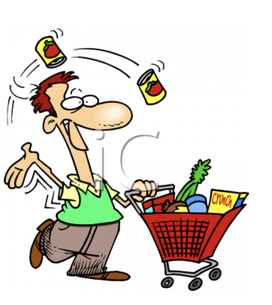 Be Mindful:
Are you ready to commit to healthy living and looking for a little support? We’ve got your back! Schedule a brief, no obligation phone call with us to learn more about how our programs can help support you in reaching your health & fitness goals and to get all of your questions answered. We’d love to chat with you! www.wilcoxwellnessfitness.com/getstartedbrunswick.
When you think of what it means to be healthy, what is the first thing to come to mind? Is it getting more exercise? Eating fruits and vegetables? Maybe it's eliminating all the junk food in our diet. Or maybe it's about how you feel. There is no right or wrong answer here, but there are easier ways to meet our goals than others. No matter what the first thought you had is, the first step we have to take is planning. Without any plan it is hard to take action, and then it becomes hard to follow through on your goals. This will usually leave you feeling pretty defeated.
If you need any meal suggestions we have an awesome meal prep guidebook with fun easy recipes that can be super useful when getting started! Once you have your grocery list and your meals planned, I always recommend eating something before going to the grocery store. A small, healthy snack with a good balance of carbs, fats and proteins could be a good way to ward off any cravings that walking around the store might induce. This can be a huge life-saver when staying away from foods not on our list. STICK TO THE LIST. Once you have all of your food it is so much easier to meal prep by cooking all your meals for the week at once, or having the food on hand to cook throughout the week when you are ready. It is easier to stay away from take-out when you know you have all kinds of delicious nutritious food waiting for you in your fridge.
When talking about fats, it is easy to end up going down a wormhole of back and forth research, attempting to discern good from bad. With that being said, I will try to break this information down in a simple, sweet, and informative post that leaves you feeling confident about the foods you are eating in your everyday life. Let's start off with our saturated fats, the dreaded fat that everyone wants to avoid. Because we should limit our daily intake of these fats, they are absolutely important to monitor. We should consume less than 10% of our daily calories from saturated fat. This will be about 16g to 22g per day. With that in mind, it is clear why it is so easy to over consume saturated fat when just a couple tablespoons provide your daily limit. Saturated fat is a long straight carbon chain saturated with hydrogen bonds. This is the fat that is solid at room temperature and also found in animal products such as refined/hydrolyzed oils, red meat, baked goods, butter, cheese and dairy. This is that fat that also makes everything taste oh so good. In a limited amount this fat provides lots of benefits for the body such as normal cell function and transportation mechanisms for vitamins and minerals.
Next up is our monounsaturated fat. These contain a double bond in their carbon chain, creating a fat that is more useful to our body without so many hydrogen bonds attached. We want to eat as much of these as possible within our caloric daily limit. These fats are usually liquid at room temperature and can be found in foods such as olive oil, avocado, and nuts (almonds, pecans, brazil, cashews, peanuts). These fats help reduce heart disease and keep that bad cholesterol down (LDL) and good cholesterol (HDL) up. Polyunsaturated fats come in two types: omega 3 fatty acids and omega 6 fatty acids. Both of these are essential fats that we must eat in order for our body to function properly. These fats are important because they are used to build cell membranes and the coverings of nerves and are needed for blood clotting, muscle movement, and inflammation. Omega 3 has a great reputation as it helps decrease inflammation, inhibit dangerous blood clotting, and lower levels of triglycerides. These fats are found in salmon, walnuts, flaxseed, chia seeds and eggs.
Omega 6 is the most common type of fat-carrying particle in the blood, which means they are our number one transporter of molecules in our body. It is a very important molecule that we only need a tiny amount of. An overabundance can lead to clogged arteries and raised cholesterol. With everything said, it is always good to remember that the less processed foods and more whole foods consumed, you will hit the right levels of these fats. Everything in moderation, and let our body handle the rest. The less we confuse it and stay on track with our healthy eating habits, the better you will feel. There is a reason why these fats are naturally found in our foods and have very specific purposes in our body. We should never avoid food groups or certain nutrients - instead we should eat in moderation, as this will give us all the nutrients we need. sources :
-American Heart Association -harvard.edu -Science of Skinny by Dee McCaffrey I want to continue talking about artificial sugar and why this may not be a healthier option over natural or even added sugars found in food. In my last blog we discussed added sugar and how to find and stay away from these sugars. If you missed it check out my blog here: Artificial sweeteners have been a part of society for a long time now, and have made their way into the “healthy food” category by providing a way for people to avoid added sugar in their diet. For the most part, artificial sweeteners have no negative effect on our body and consumption in moderation is just fine. Just like everything else in life, moderation is key. It is when we start to replace all real sugar, natural and added, that we start to get ourselves in trouble with artificial sweeteners. As the name suggests artificial sweeteners are a processed food item intended to sweeten foods but not add any calories to your diet like regular sugar would. When we consume these sweeteners such as Splenda, Sweet and Low, or Nutrasweet, we are confusing our body by having a natural response to tasting something sweet and expecting a spike in glucose (simplest form of sugar) in the body which is our main source of energy. A long term response to this is our body craving more sugar more often because it is not getting the right amount of energy it needs from what the brain is expecting. This can lead to us eating even more processed foods, added sugar, and artificial sweeteners. Long term effects may even change our chemical makeup in our body to how we process and respond to sugar digestion. It is even recommended to consume natural sugar over an alternative artificial sweetener because it will keep our body running normally and decrease those sugar cravings. If you are going to splurge and have a yummy treat go for the real thing with real sugar to keep our body responses normal. The next topic that goes along with our added and artificial sweeteners is trans fats. The food industry does everything it can to hide trans fats from us as these are the worst fats to consume. We have two main forms of cholesterol, LDL (the bad cholesterol) and HDL (the good cholesterol). LDL creates blockages in the arteries and buildup in our liver. HDL helps process and dispose of LDL. Trans fat increases our LDL and decreases our HDL and is recommended we limit our consumption to practically none if we can.
When we start to have high cholesterol (meaning high LDL levels) we can experience fatty liver build up, overworked kidneys, buildup of plaque in the arteries and heart, increased fat/weight gain. These outcomes can lead to failed liver and kidney functions, heart attacks, chronic pain and inflammation. SCARY! Naturally occurring fats serve an important role in our bodies. When we eat healthy fats found in whole foods the fat molecule will bind to receptors on our cells and actually serve a very important function. When the fat binds to the cell it acts as a conduit for other nutrients that need to enter the cell. For example, glucose needs to be processed into energy INSIDE of our cells and require this fatty conduit to allow it into the cell. Without it the glucose will build up outside of the cell in the blood and cause blood sugar spikes eventually leading to diabetes.
It will fit but then it gets stuck and may even break off causing damage to the lock. When this happens all of the important biochemical reactions that need to occur inside our cells get disrupted including how sugars can’t get through the cell the way that they should. When we create a chronic situation by eating too many trans fats this will lead to diabetes. Who knew that eating too much trans fat will actually lead to a sugar related disease?
Are you surprised by how artificial sugars and trans fats are related in how they can impact your health? This is precisely why we need to focus on eating whole foods, just the way mother nature intended. When we stray towards these manufactured food products it creates a lot of confusion in our bodies and disrupts the delicate balance of how everything works. Now I’m not saying that we need to completely eliminate these foods from our diet. We should still enjoy these foods when we do eat them and limit them to an occasional treat. The occasional time to consume these foods are usually going to be found during holidays, celebrations, birthdays, weddings, you name it. The more you can cut these foods out of your everyday diet the better you will feel and the healthier you will be. Your body and brain will thank you for years to come if we start to treat it right now. It's never too late to make new healthy habits and break away from the bad. We will always slip up from time to time but having those good habits to fall back on will be what helps carry us through. We want to move, feel, and think better everyday instead of going into the decline of bad health. References: The Science of Skinny, Dee McCaffrey Images: DrPeterOsborne.com, ibslbiology.wordpress.com
When we consume processed foods and eat added sugars, we over-eat way too much, due to our reward systems being tricked. Consuming too much processed sugar will send the receptors in our brain and body into a frenzy because we have all this sugar in our blood stream, and energy that we do not need. This pattern is what leads to gained weight, inflammation, and eventually, potentially even type two diabetes. These processed foods are designed to keep us craving and coming back for more, creating addictive and unhealthy eating habits and some horrible side effects for our bodies. Inflammation will create aches and pains in our joints, start to break down tissue, and can do some irreversible damage when it becomes chronic. Type two diabetes is caused by overloading our body with sugar to the point where our body stops properly regulating. Our insulin receptors become tired and weak to the point they can not regulate our blood sugar levels, which can cause devastating health results. Too much sugar can even cause chronic fatigue, headaches, slowed metabolism, and a plethora of other illnesses that we shouldn't have to live with in our everyday lives. Here is how we avoid those added sugars:
Learn how to crack the food label! Added sugars aren’t the only culprits that can create confusion to our bodies, and we know how hard it can be to make sense of all of the information on the label. This guide will help you gain a better understanding of the different types of sugar ingredients to look out for as well as other food additives that are best to avoid. Download your free copy here:
Everything in moderation and remember you are human and only have one life to live so we better make it the best we can! *Nutrasweet (aspartame), Splenda (sucralose), Sunett and Sweet One (acesulfame), Sweet and Low (saccharin)
Some of the most common sayings I hear from older people is “Oh it only gets worse from here”, “Wait till everything hurts”, or even “Pain is a part of life”. Why is it so common for so many people to accept pain into our lives? We should NOT be in large amounts of pain even as we get older. Our joints, muscles, and bones do age as we get older, and things do start to break down, but this doesn’t mean we have to put up with living with chronic pain every day. Pain is our brain telling us that something is wrong and that we need to take the proper steps to fix it. Sometimes it is about getting stronger, practicing functional movement, and staying active. Other times, we need to work on a deeper level within our body to address these problems.
When our body decides that inflammation needs to stay, it uses whatever it can to try and fix the problem area even if it's not needed anymore. This is when inflammation can turn bad and start breaking down our good tissue and further damage our weaker areas.
These all contribute towards serious chronic inflammation. This is what may be causing you pain and stiffness in your joints. It sounds a little scary and it is! The longer you have this chronic inflammation, the more likely you are to be breaking down your healthy tissue, and the issue becomes harder and harder to reverse. SO what can we do to help fix this? Well, if you are here you are probably on the right track.
Even though milk has natural sugar, a sensitivity to dairy could further inflame an already troubled area if dairy products are consumed. Try and stick to all natural sugars, unprocessed food, and lots of fruits and vegetables. The less sugar you have the better!
Be mindful when you eat, and think about how processed foods might be playing a part in your chronic pain. This is a process, and it may take months to start noticing changes in levels of pain around inflamed areas. Some other positive side effects from limiting these types of foods will be better, healthier looking skin, a greater store of energy, less bloated post-meal complaints and even weight loss. Overall, limiting these types of foods that are high in unsaturated fats and sugars can improve our general health dramatically, and greatly reduce inflammation that causes pain for so many. -Bree |
AuthorHi! My name is Allison Hopkins and I am the owner of Wilcox Wellness & Fitness in Brunswick, ME. I am excited to bring WILCOX to Brunswick and share in my passion for living a great life through health and fitness. Archives
July 2024
Categories
All
|
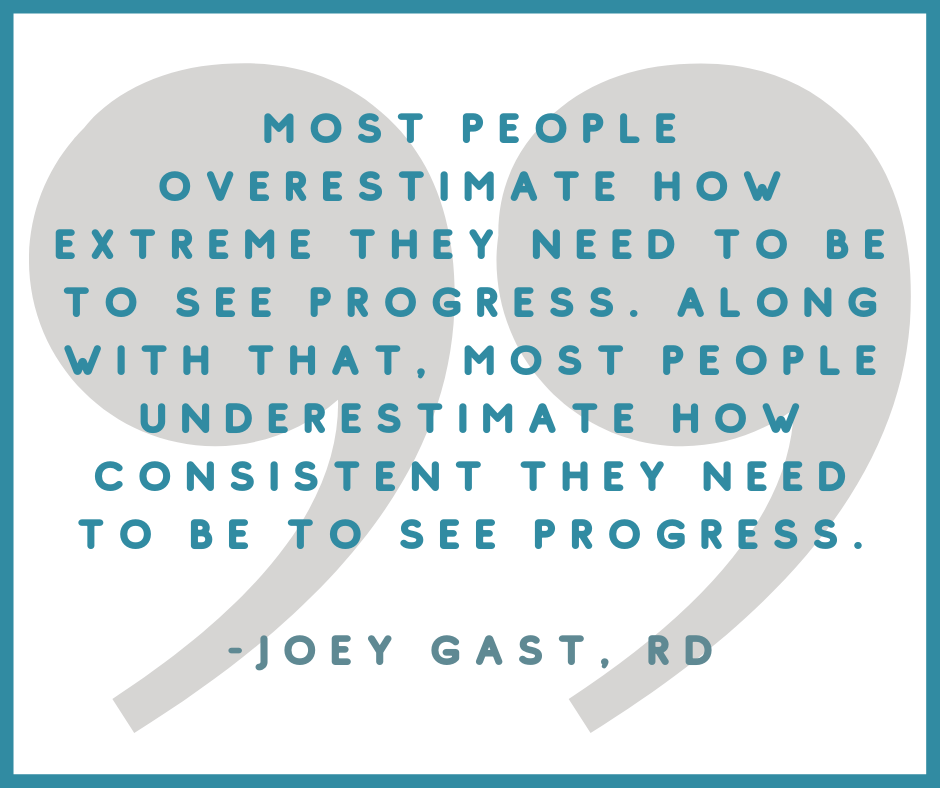
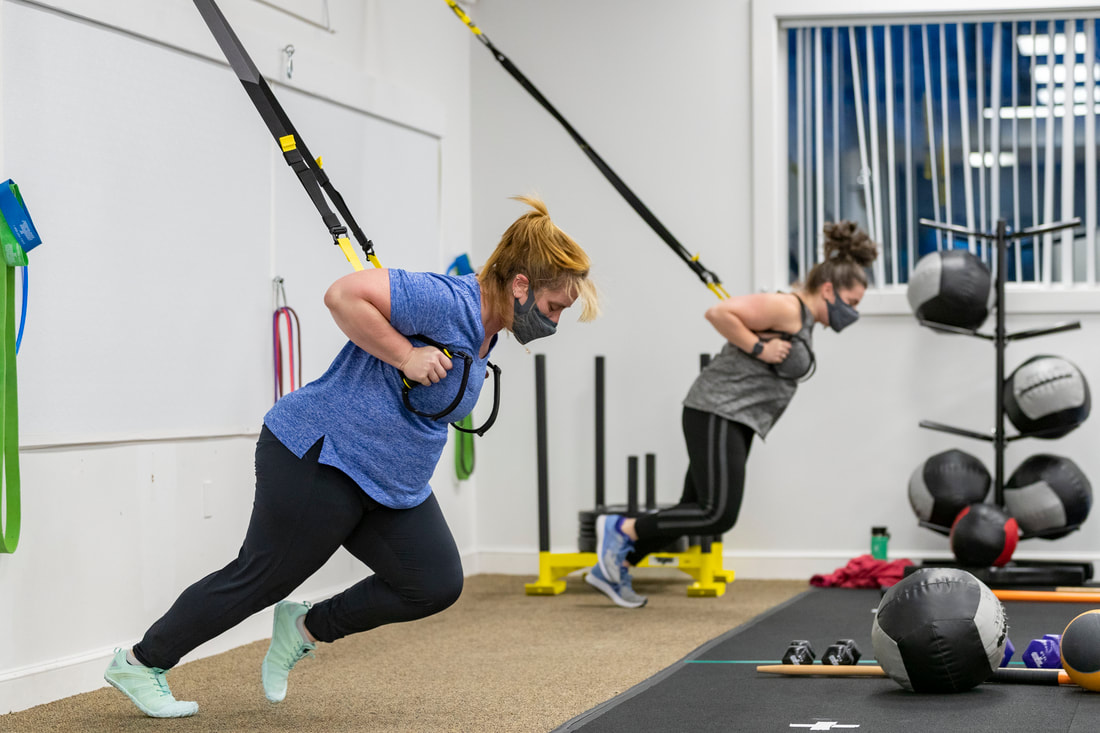
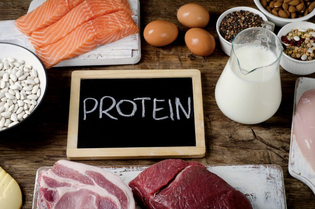
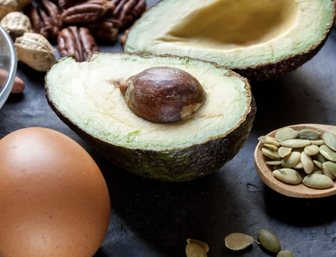
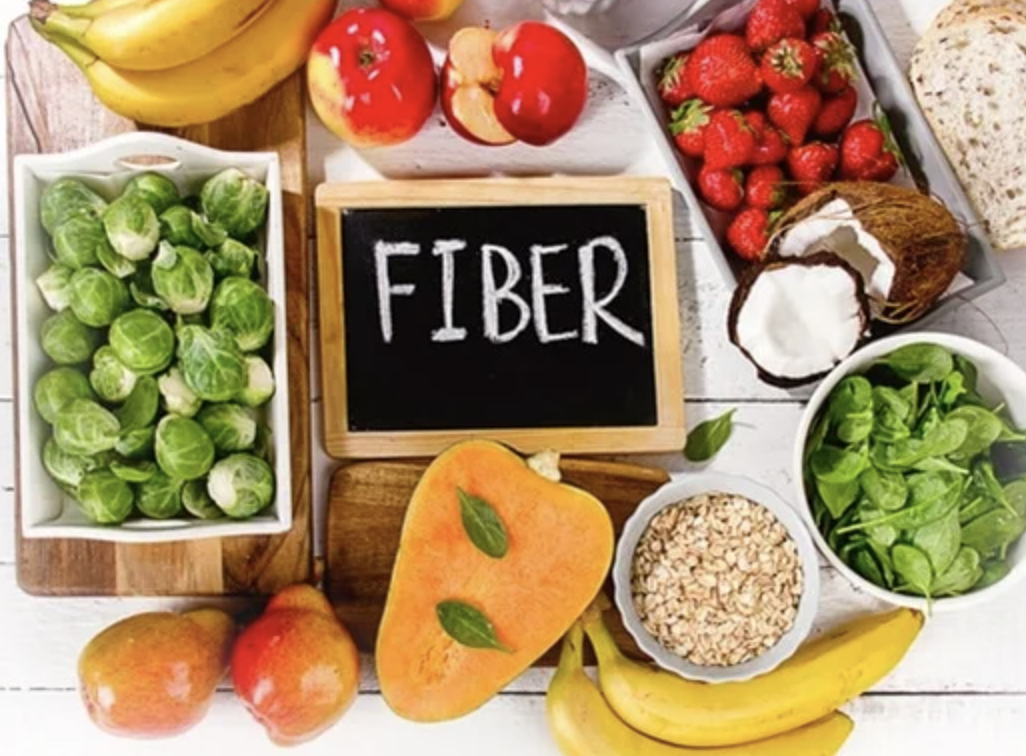
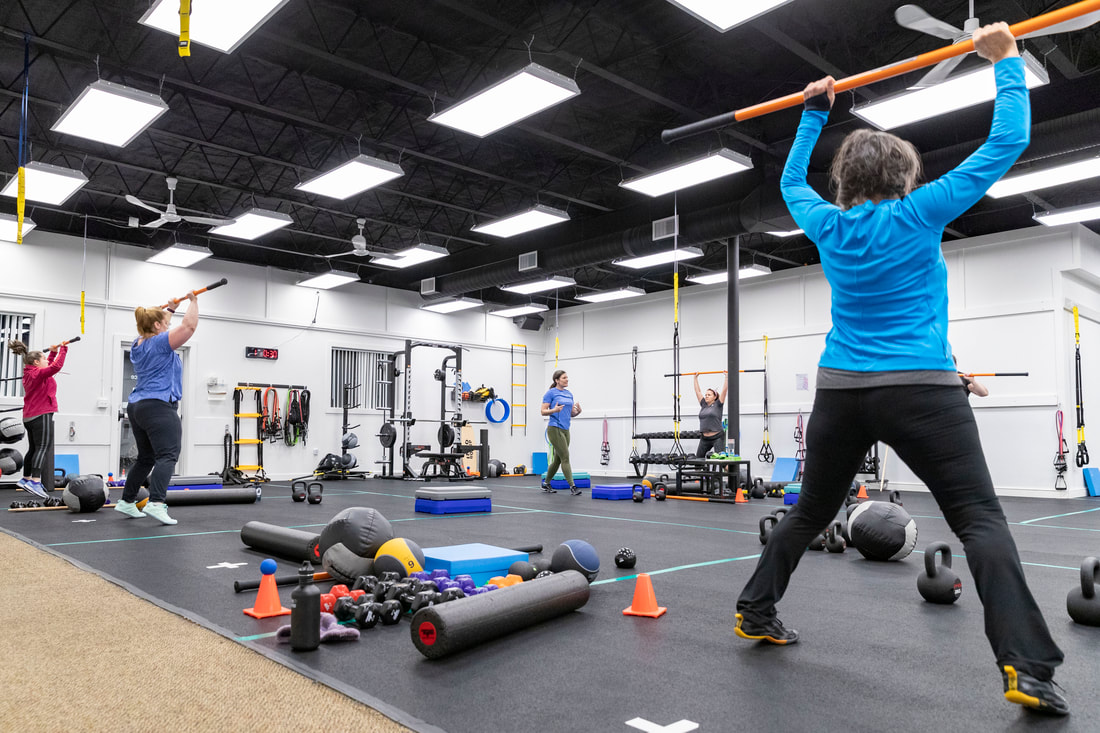
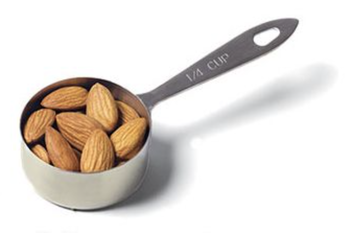
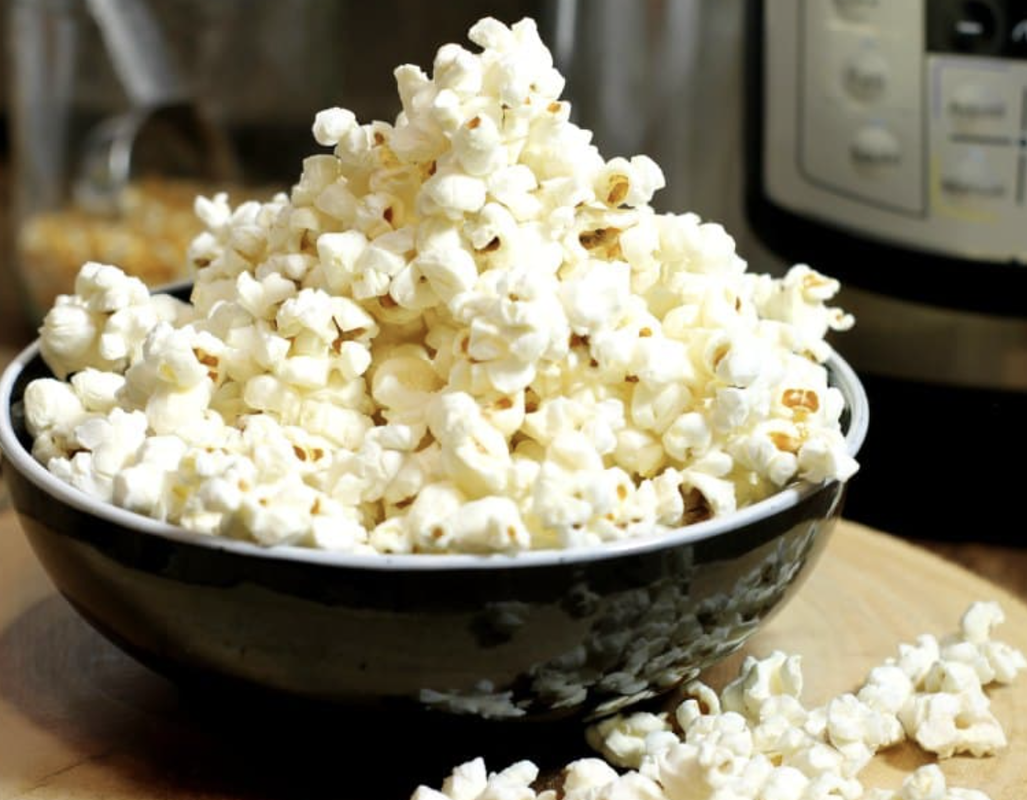
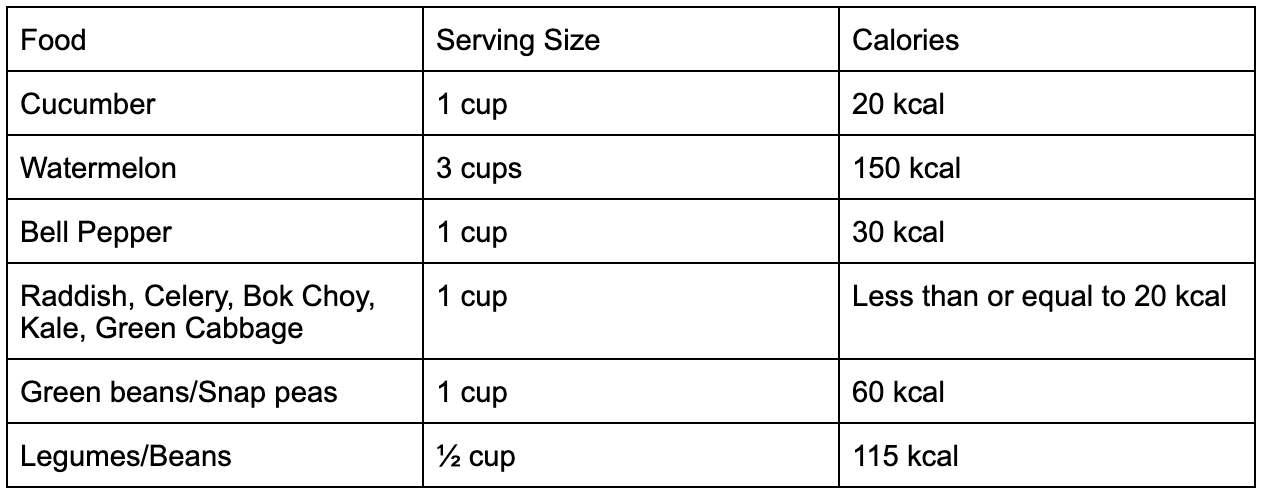
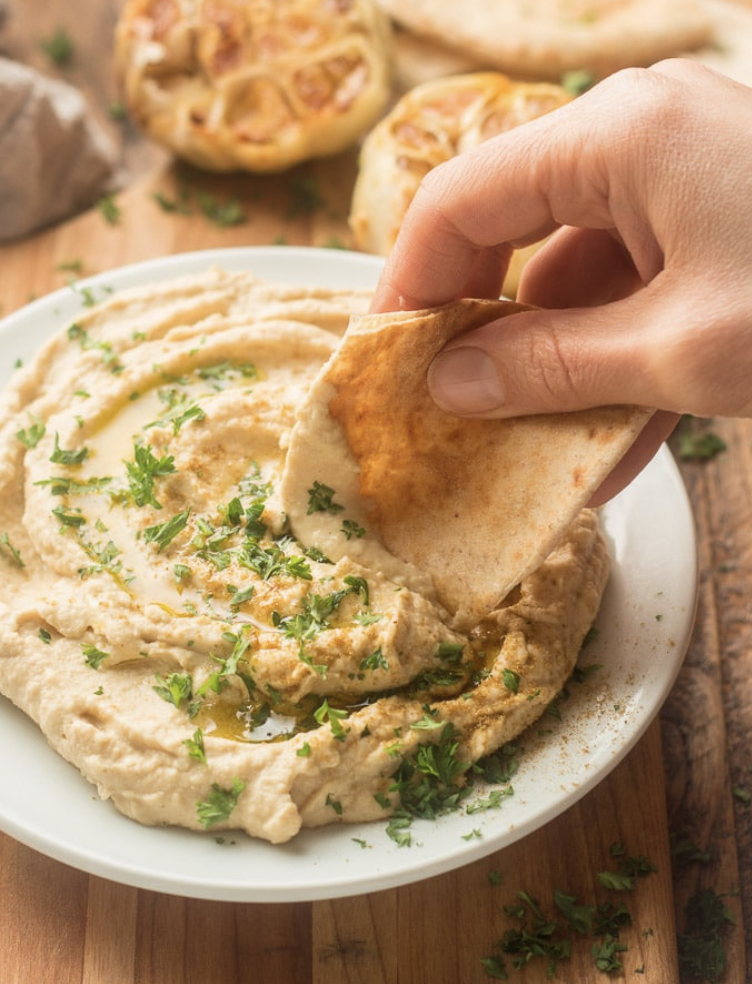
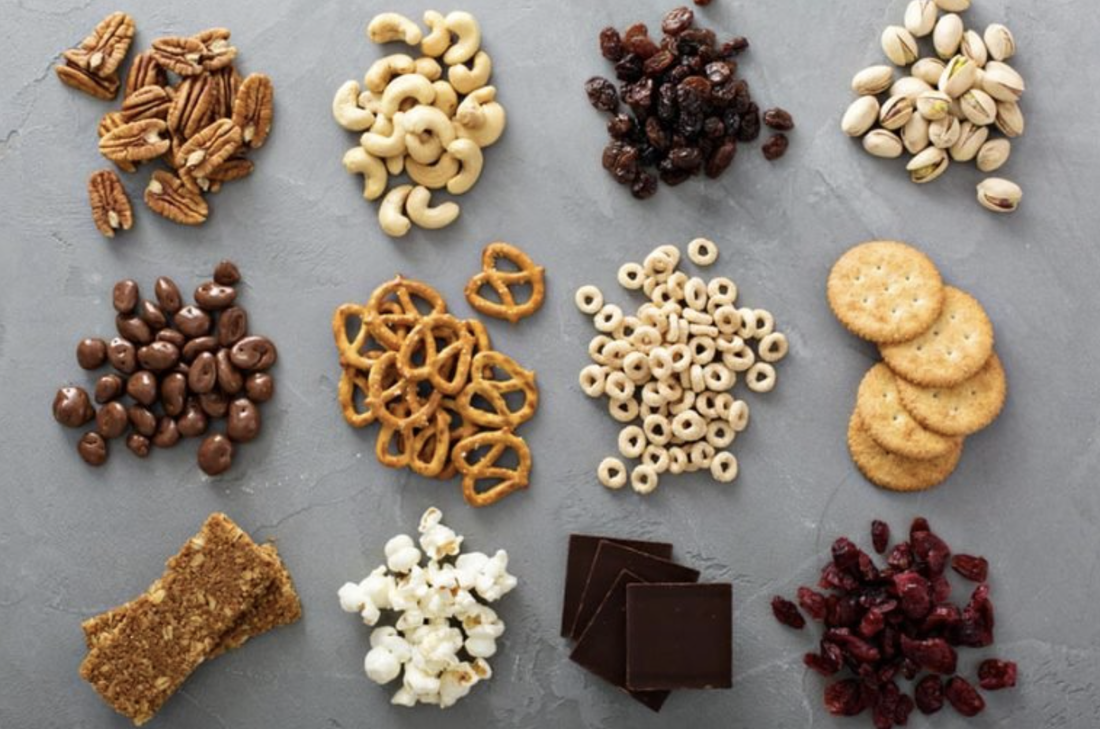
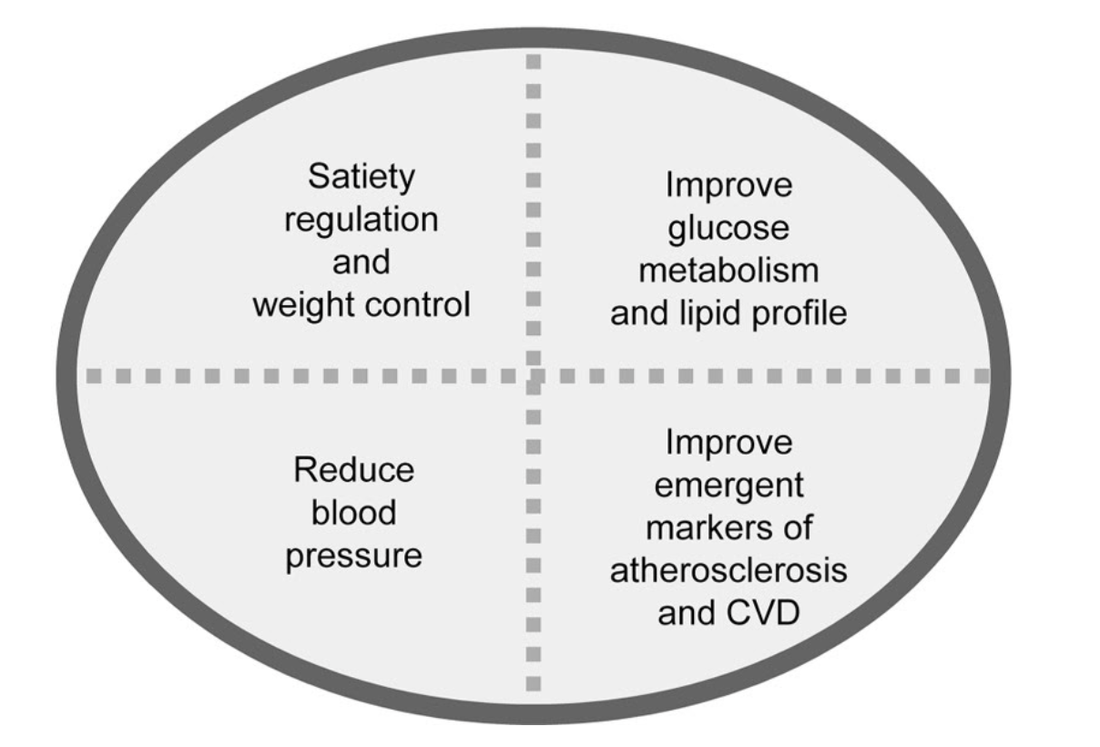
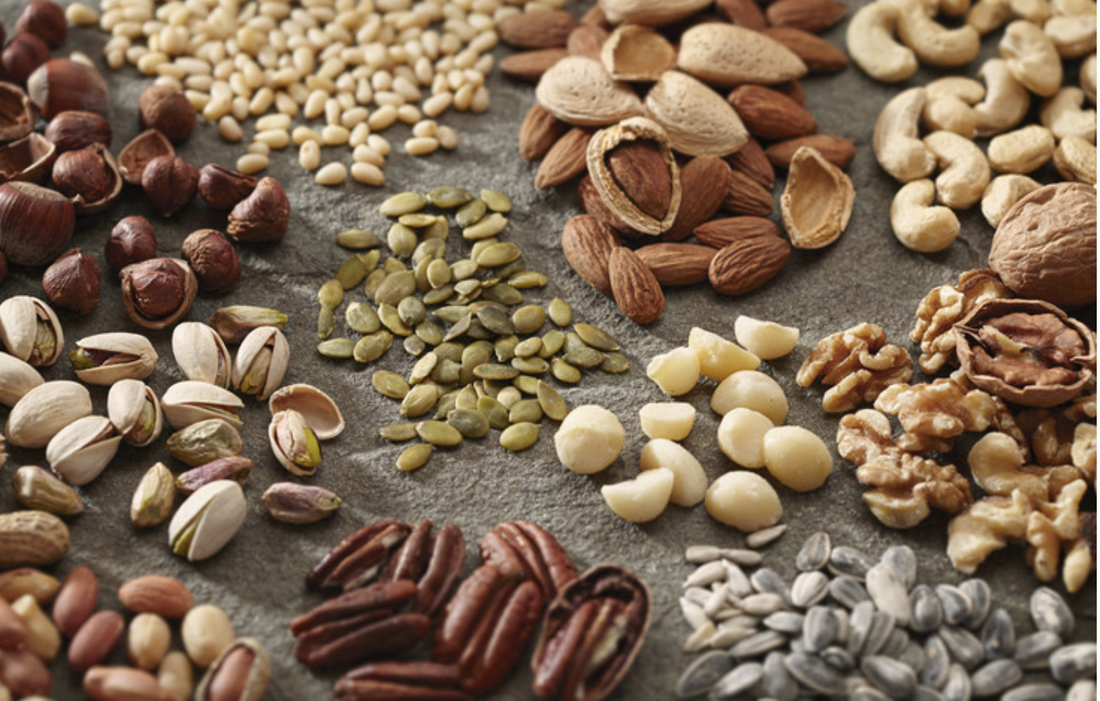
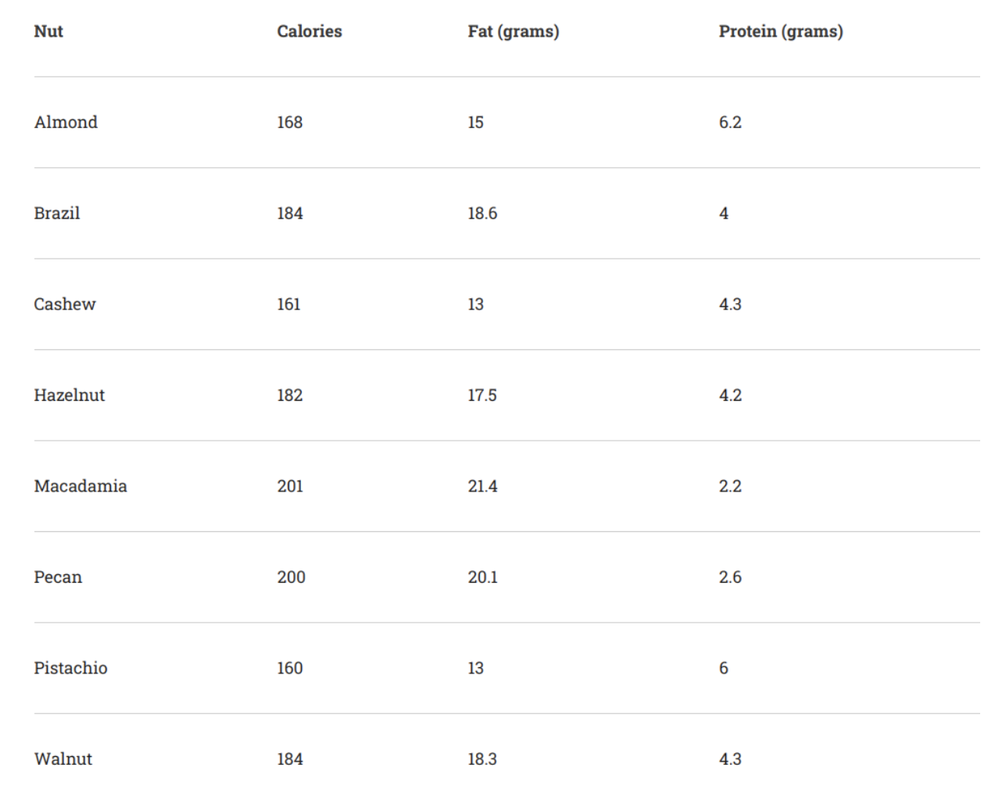
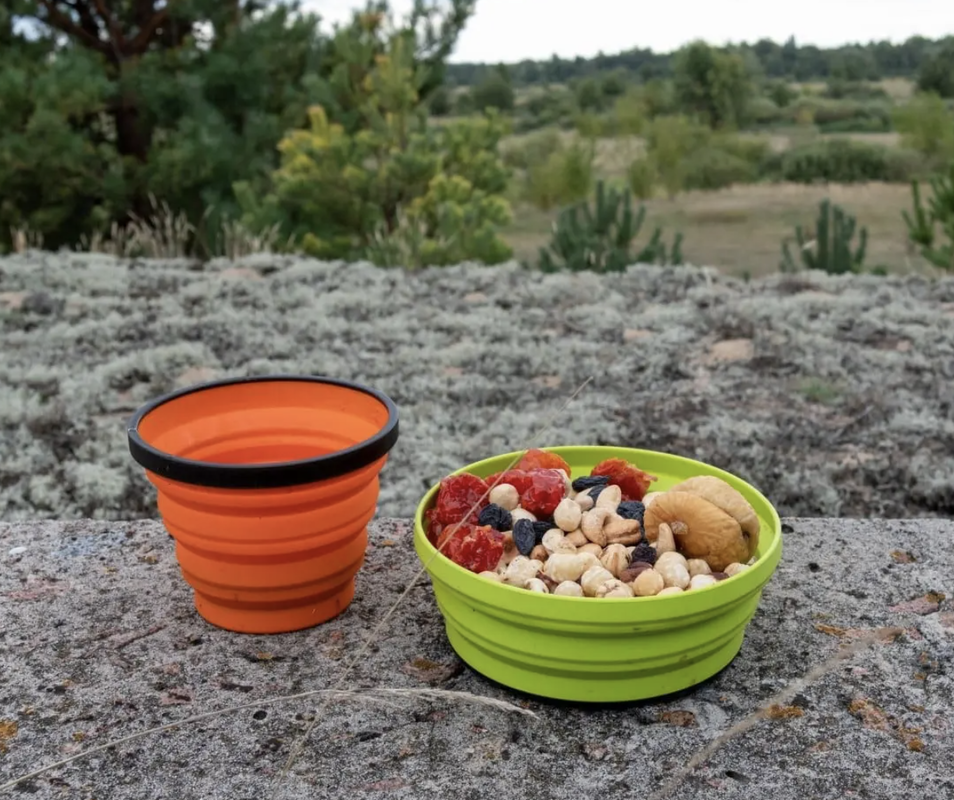
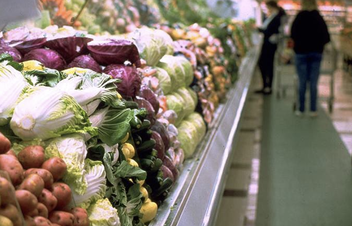
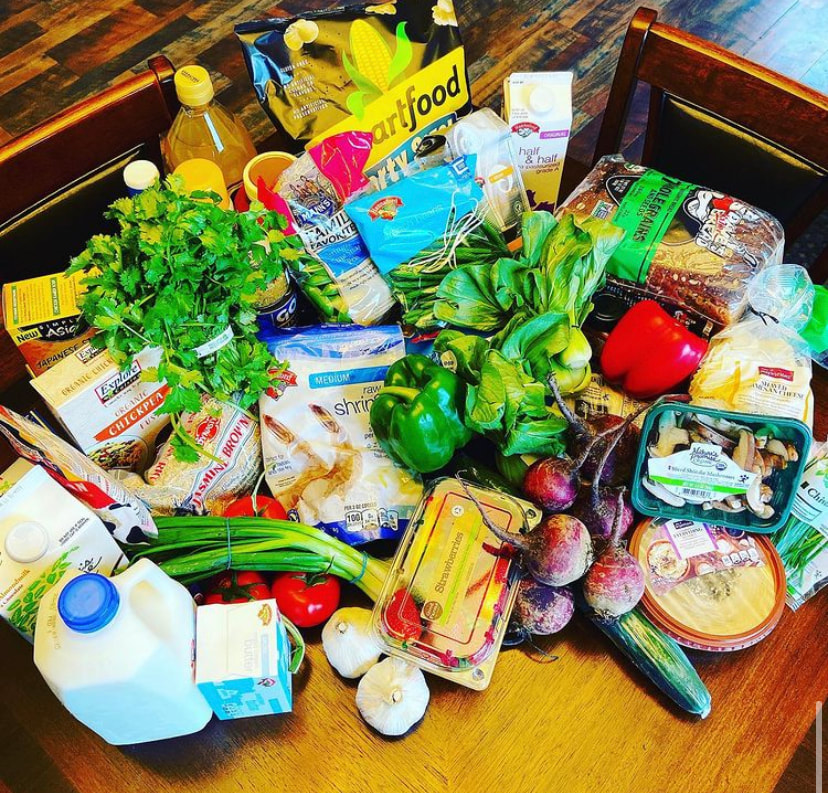


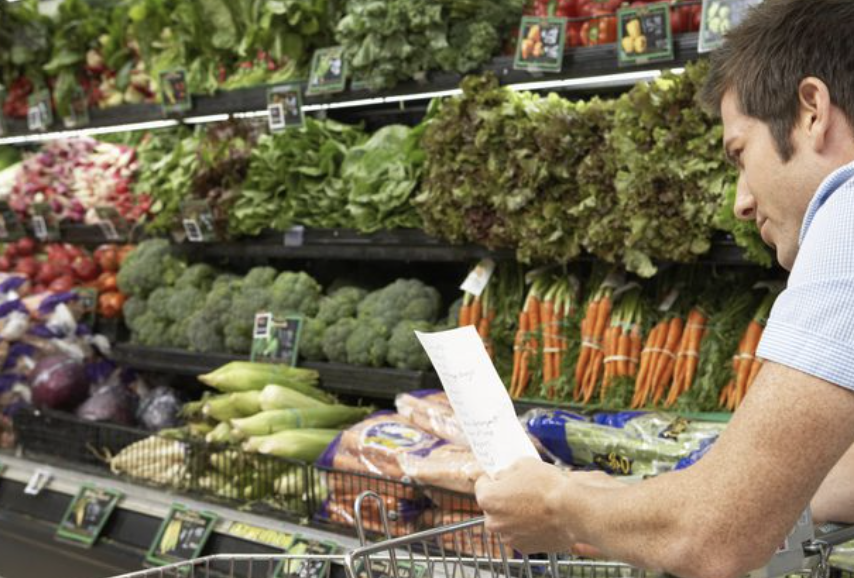
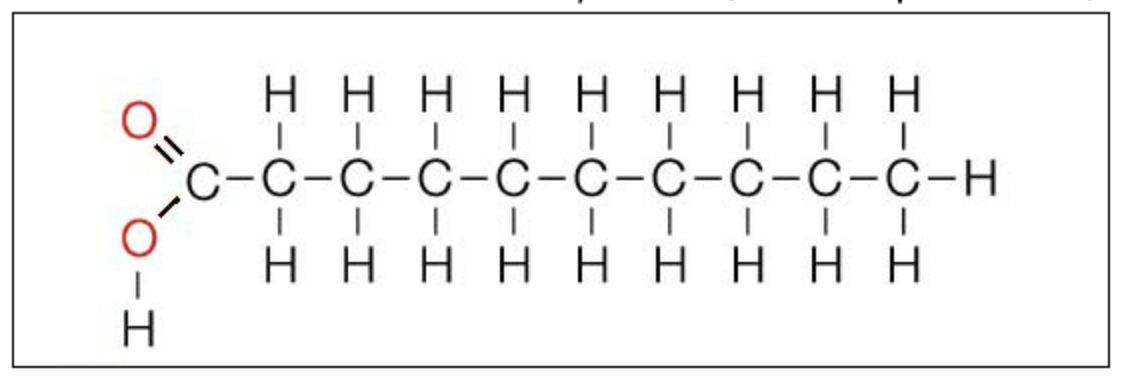
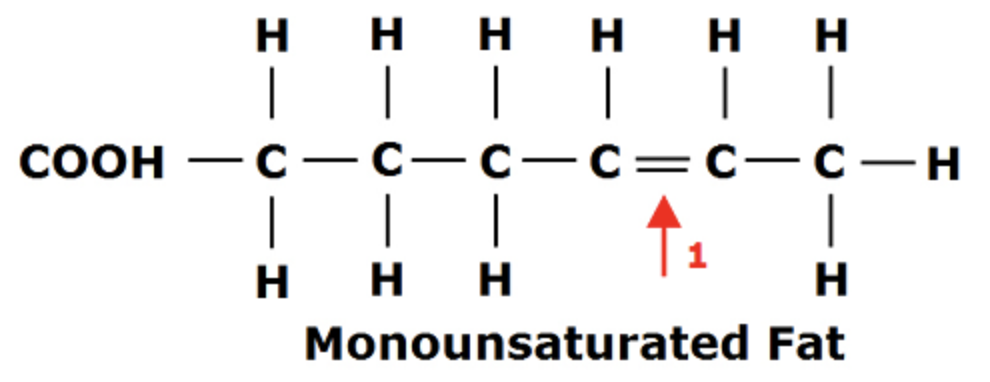
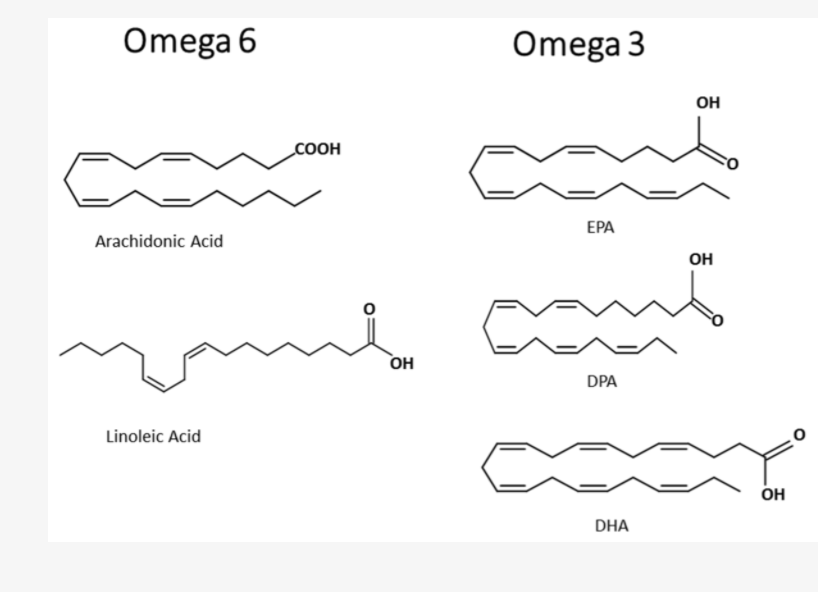
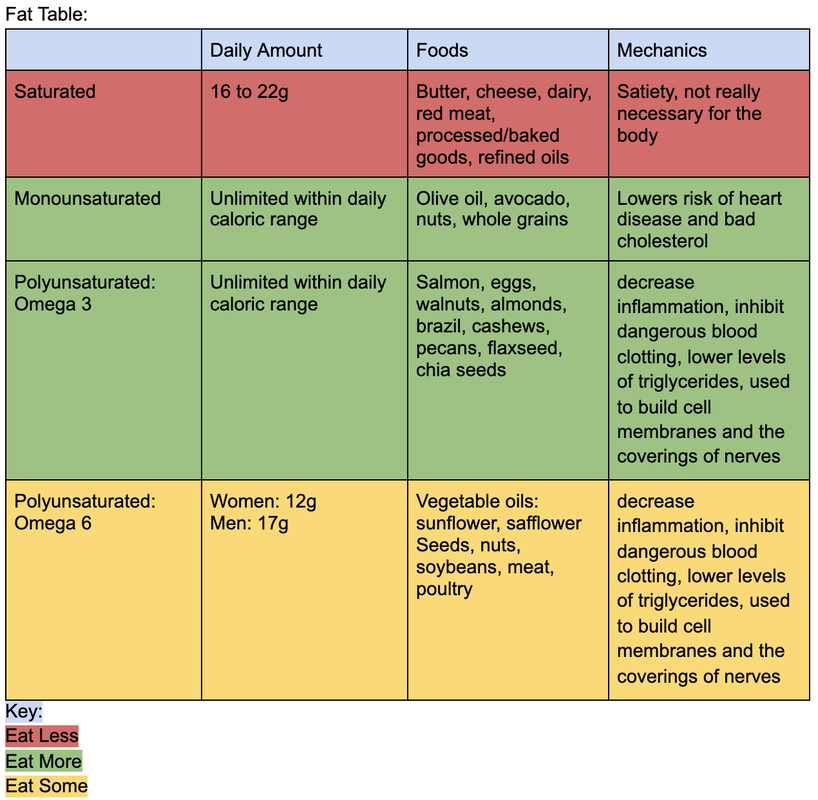
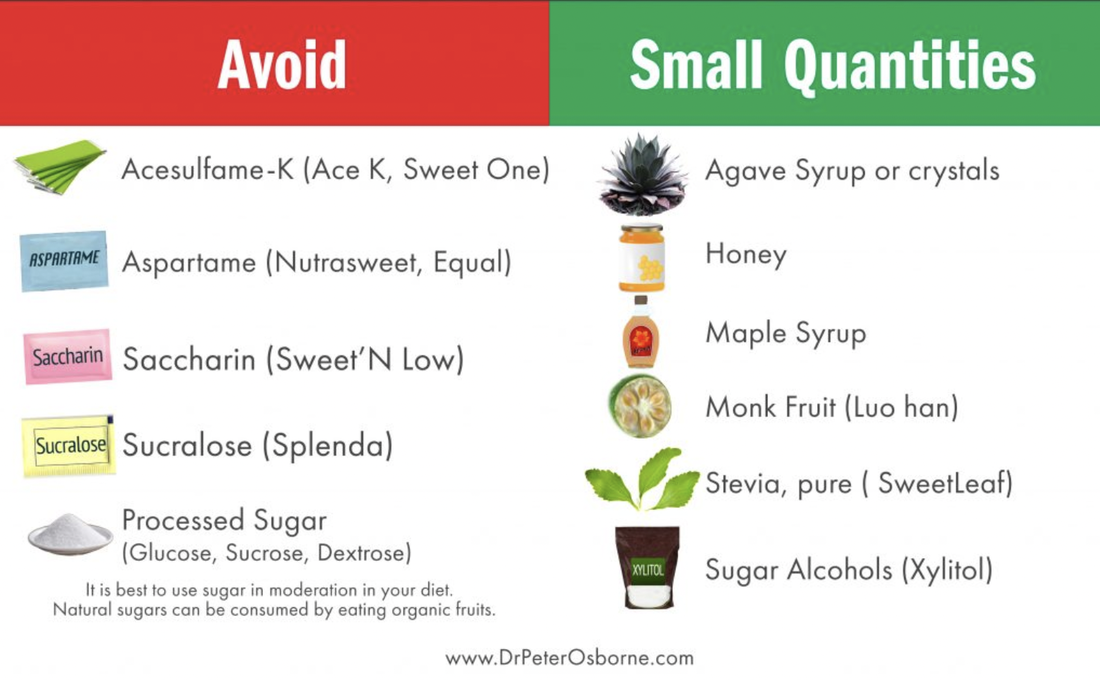
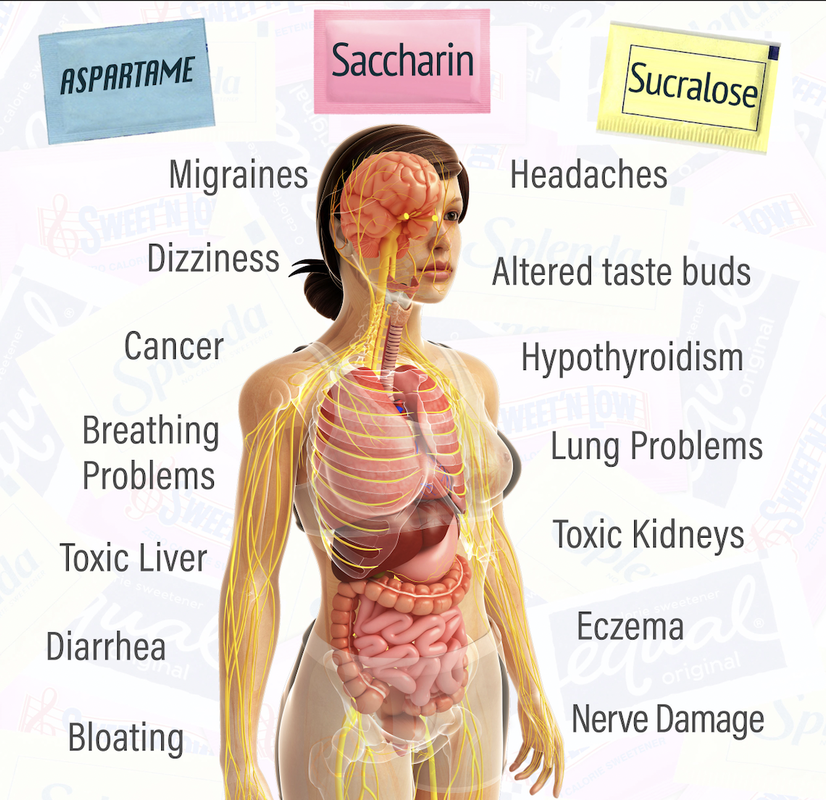
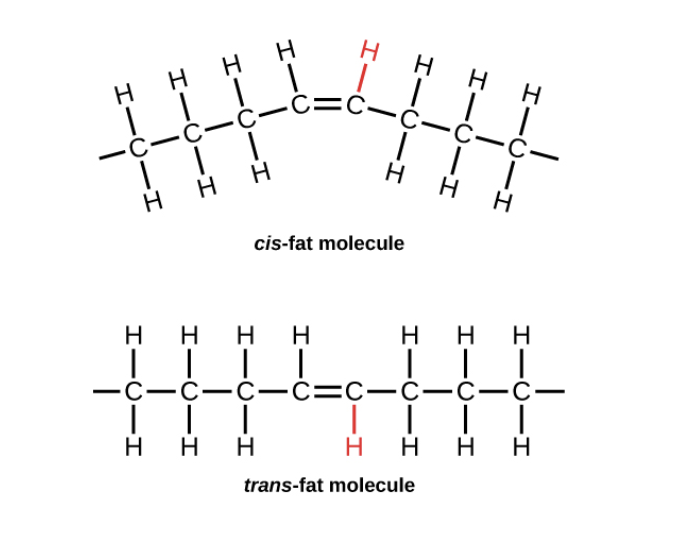
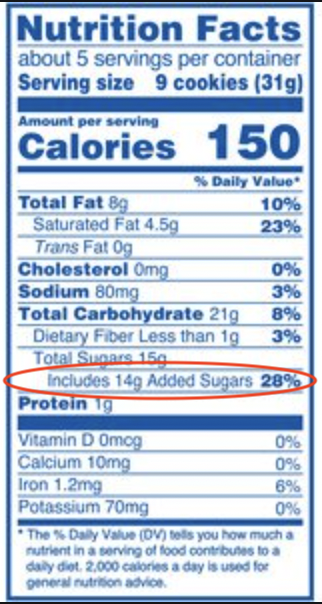
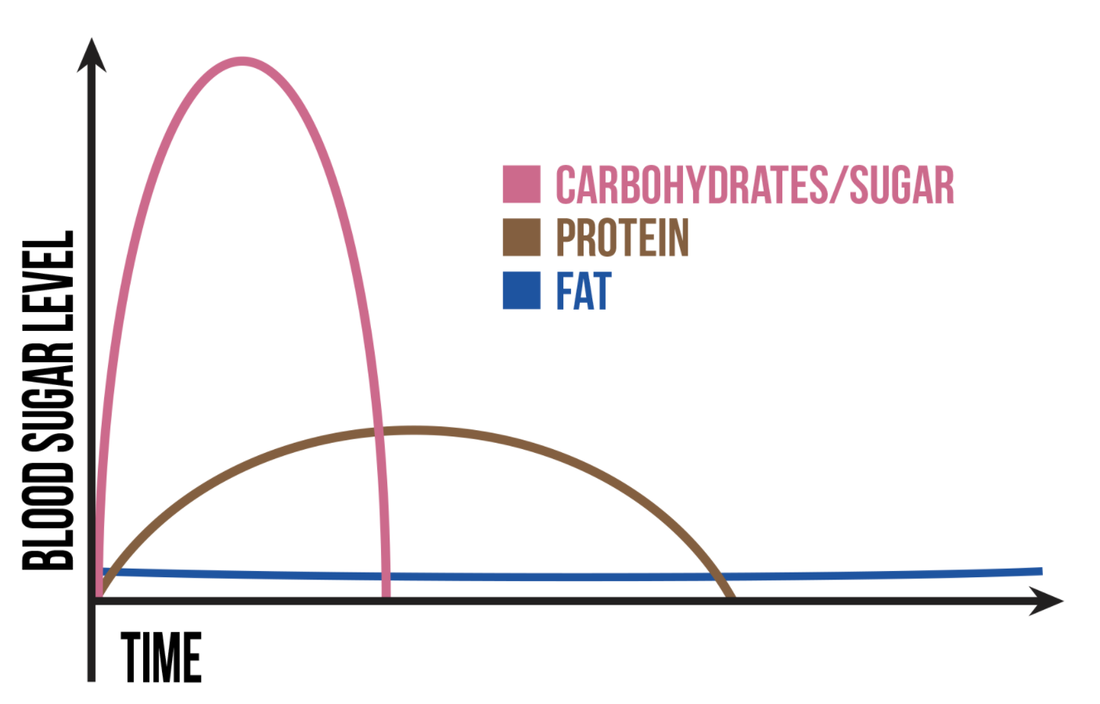
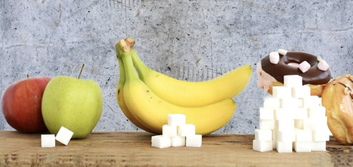
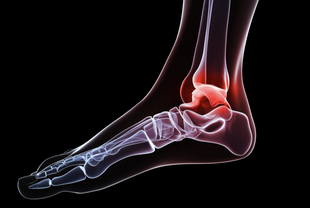
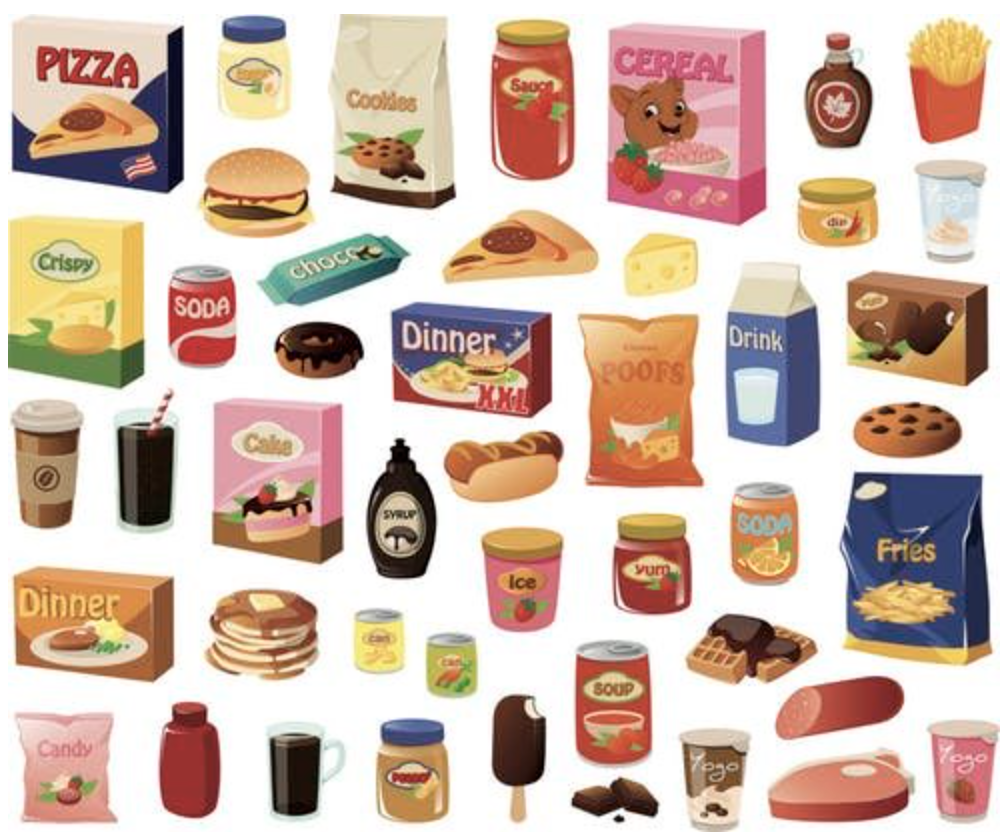
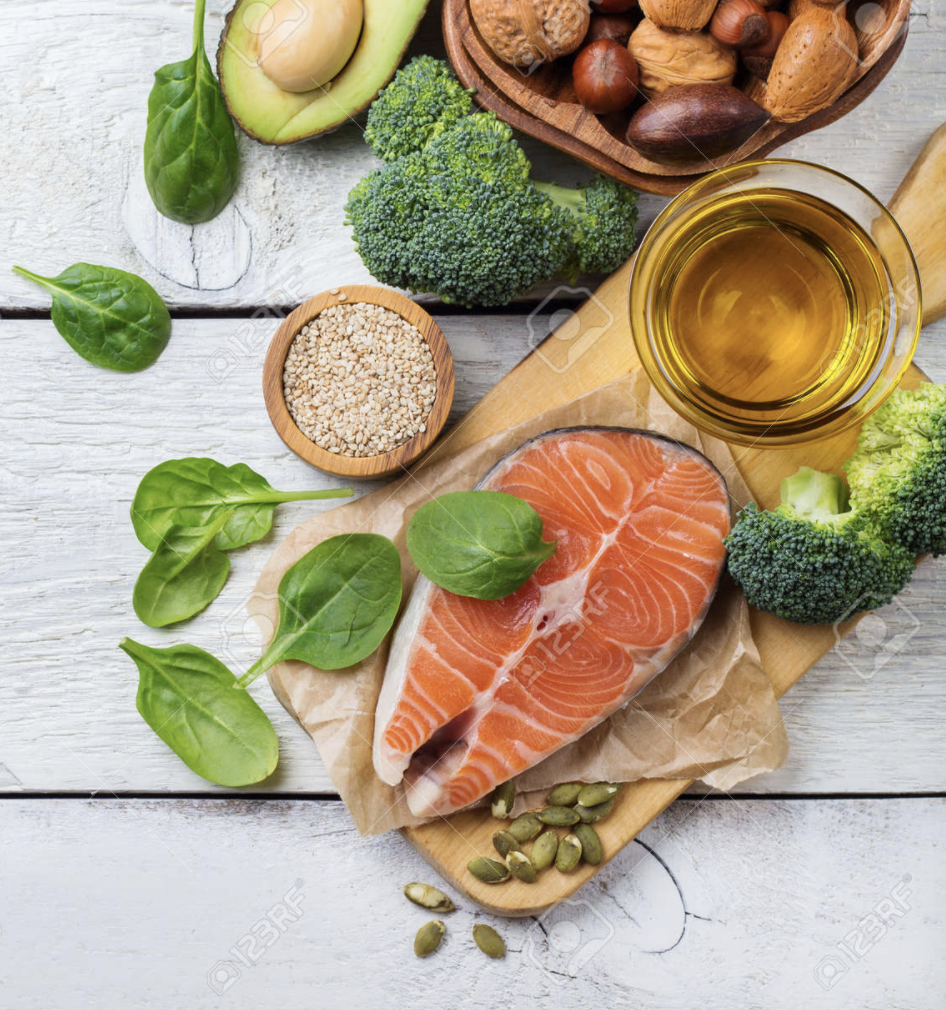
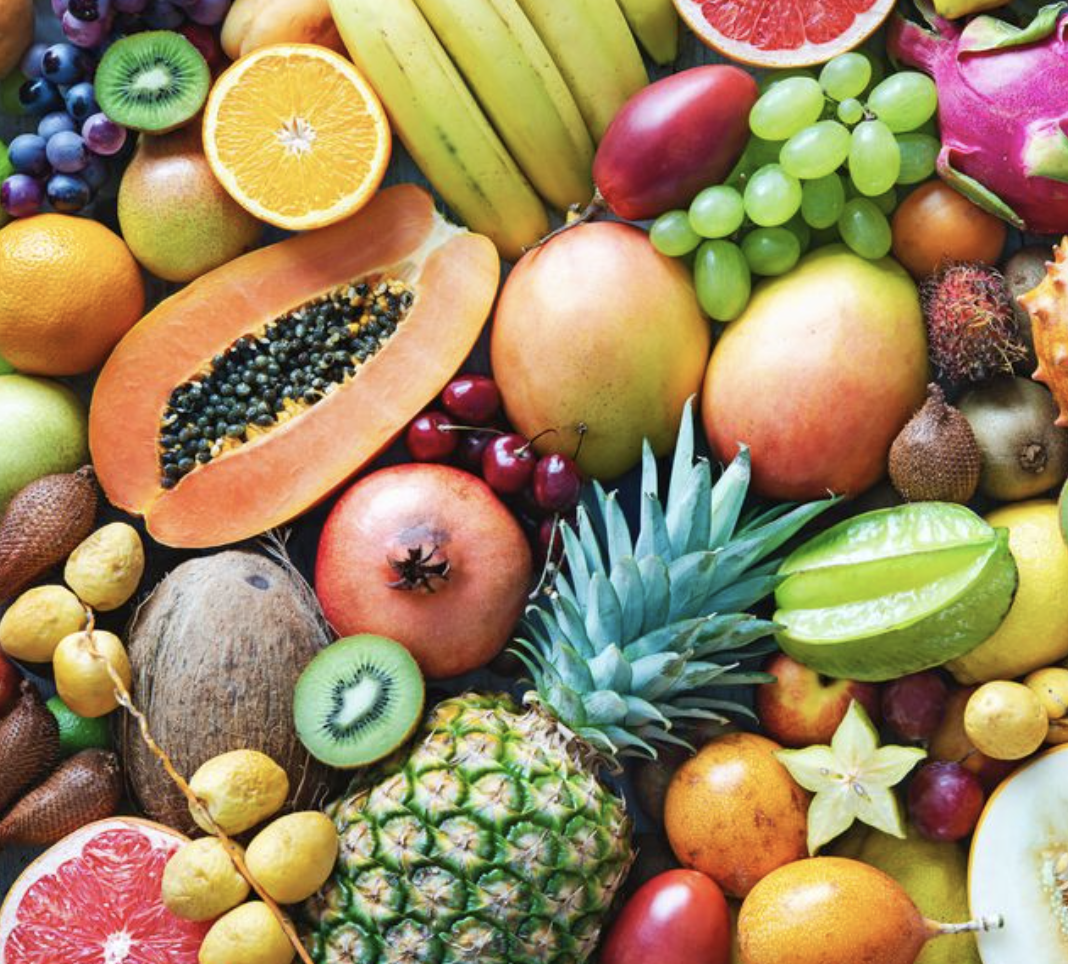
 RSS Feed
RSS Feed